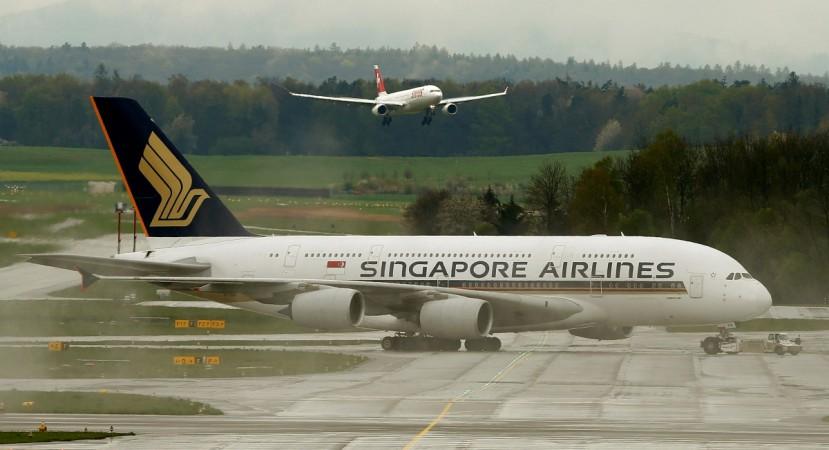
Singapore Airlines has cut roughly about 12 percent of its pilot workforce during the last five years owing to a business slowdown. The total number of pilots has come down to 2,056 in March this year from 2,331 pilots as of March 2011.
While some of the pilots left voluntarily, some were asked to resign, the Straits Times reported. Even during the attrition process, Singapore Airlines or SIA had more pilots than what it required. One of the main reasons for the overflow of captains is that the first officers (co-pilots) were promoted as part of their promotion, a Singapore Airlines spokesperson was quoted as saying by the publication.
Through various initiatives over the last few years, the Singapore-based carrier has been trying to reduce the number of pilots. For example, one of the measures it offers is voluntary no-pay leave to pilots and other voluntary movements such as pilots moving to Scoot or SIA Cargo.
"I think it's only fair to say that there has been some unhappiness, which has prompted some pilots who don't see things getting better anytime soon to leave for other airlines and there is no shortage of airlines luring pilots, especially captains," a pilot said.
Singapore Airlines laying off pilots has prompted carriers from other countries to hold recruitment drives in the island country. It comes with additional perks of higher salaries. For example, China's Hainan Airlines held several recruitment drives in Singapore recently and was offering monthly salaries of about $25,000 (about Rs 16,95,000 per month).
"We are of course aware of recruitment by other airlines, which is not new. The number of pilots who have left to join other airlines is limited, and overall attrition rates for pilots remain very low," the spokesperson confirmed.
In October, SIA flew 1.6 million passengers. It also recorded passenger load factor of 77.4 percent during the same time, CAPA, South Asia's leading Aviation Adviser, said in a report.

















